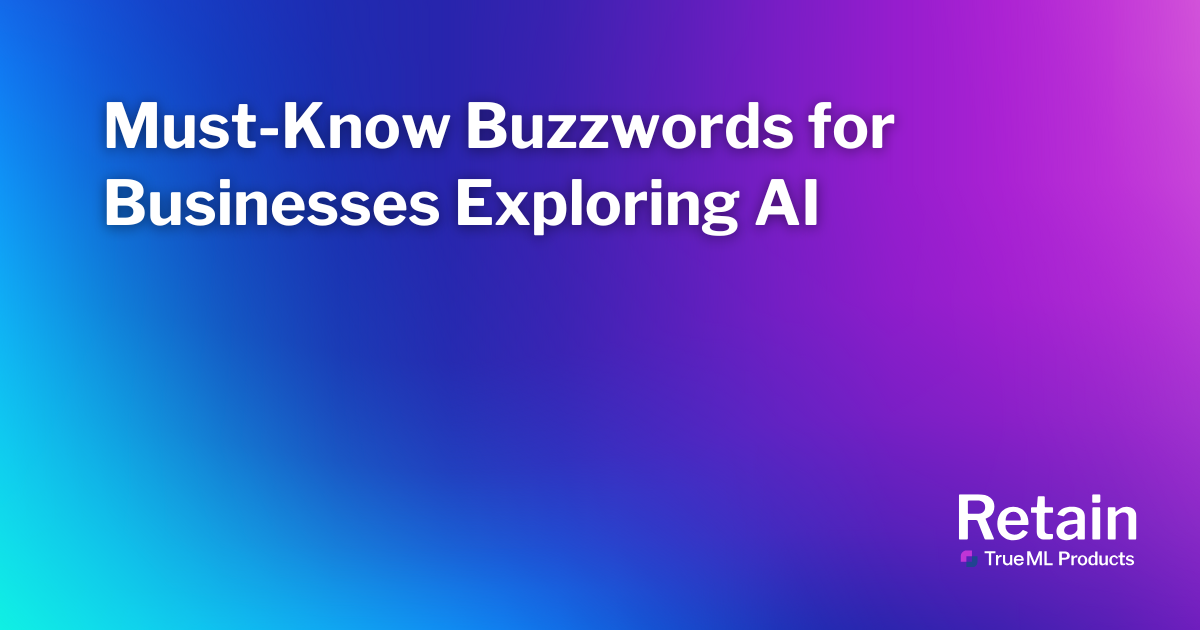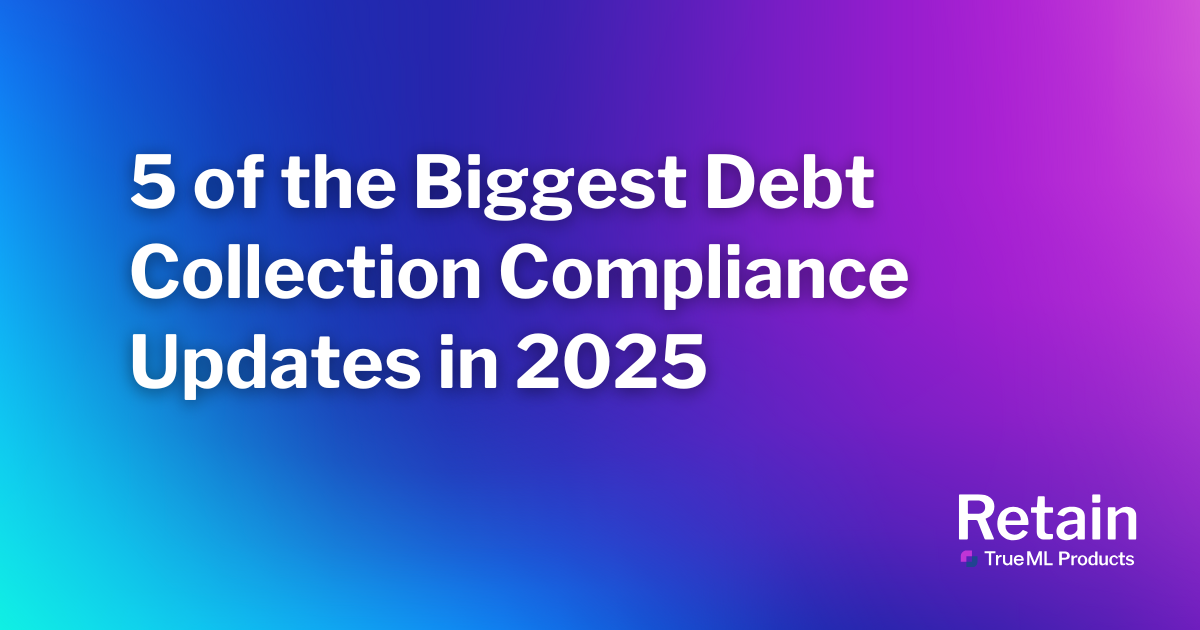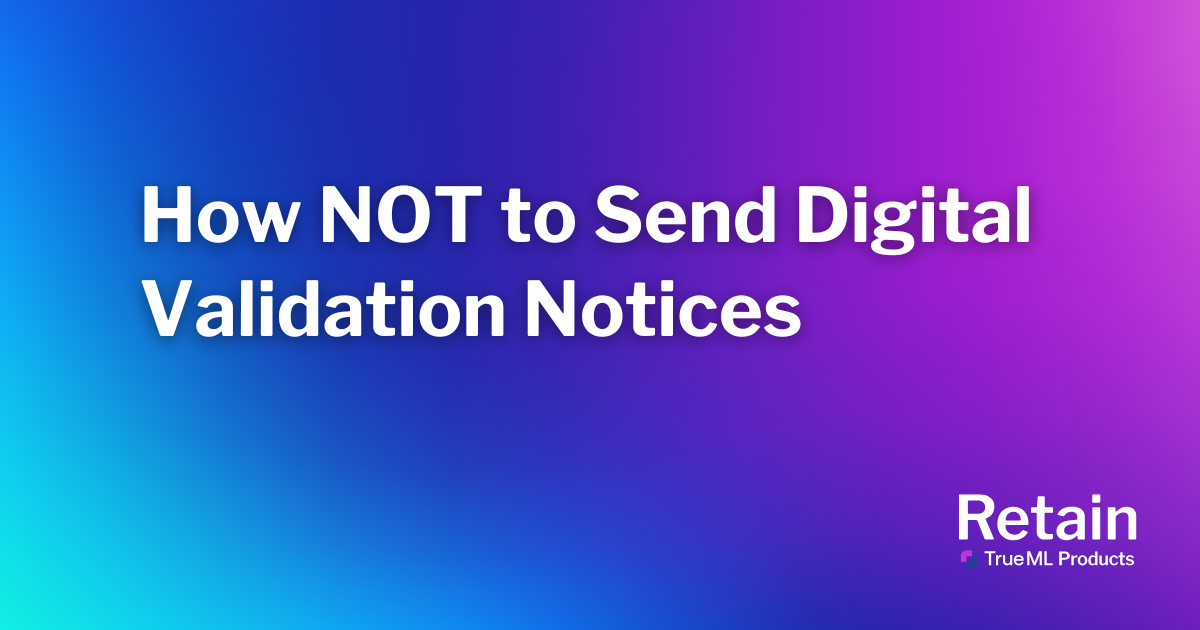Artificial intelligence (AI) has quickly transformed from a vague, theoretical technology into an almost ubiquitous term seemingly overnight. Tools like ChatGPT, Voice.AI, DALL-E and Gemini have made AI widely accessible and have found their way into many business processes and personal uses. But these tools only scratch the surface of AI’s potential and don’t account for many varieties and use cases of the technology for specific industries like debt recovery.
If you’re looking to put this technology to work for you or wondering how AI is used in debt collection, you should start by understanding the basics to determine when and how to use which type of AI. Here’s a look at some key AI-related terms that will help you understand the basic functions and breadth of this technology. By becoming more familiar with these terms, you’ll be able to gain a better understanding about the value of AI tools to help you with your debt recovery strategies.
Foundational Definitions to Get You Started with AI
To gain a better understanding of AI, it helps to start with the basics. Below, you’ll find the core terms used when discussing AI technology:
- Artificial Intelligence (AI): AI is a blanket term describing a range of computer science capabilities designed to perform tasks that typically require human decision making and problem solving.
- AI Models: Software programs trained to perform specific tasks when analyzing large data sets. Models are trained using specific data to recognize certain patterns and relationships, and then use this information to make predictions. Many of these models implement machine learning to continually learn as new data is introduced and can be designed for simple and complex decisions.
- Big Data: Big data describes large and diverse datasets that are huge in volume and also rapidly grow in size over time and that cannot be easily managed or analyzed with traditional data processing tools.
- Data Mining: Data mining describes the process whereby you dig through data to discover hidden connections and patterns, and then use this data to predict future trends. This type of data analysis is commonly applied to solve business challenges. Most often it uses a combination of machine learning and artificial intelligence and is very much related to Big Data.
- Data Science: A cross-discipline combination of computer science, statistics, modeling and AI that focuses on utilizing as much as it can from data-rich environments. Data science requires massive amounts of data from various sources in order to build the models to make intelligent business decisions.
- Large Language Models (LLMs): A type of machine learning model designed for natural language processing tasks such as language generation. LLMs are language models with many parameters, and are trained with self-supervised learning on a vast amount of text. ChatGPT and Gemini are great examples of LLMs.
- Machine Learning (ML): Machine learning is a subset of AI that automatically enables a machine or system to learn and improve from experience. Instead of explicit programming, machine learning uses algorithms to analyze large amounts of data, learn from the insights, make informed decisions, and continuously, automatically learn and improve at a massive scale as more data is observed. While there are various types of machine learning, one of the most common is supervised learning. This is when the data being used has been tagged or assigned classifications.
More Advanced Definitions to Further Your Knowledge of AI
As we dive deeper into the AI terminology, let’s take a closer look at some definitions that have more specific business use cases:
- Conversational AI: AI technology that enables computers and software systems to engage in human-like conversations. It focuses on creating interactive and dynamic interactions between humans and machines, typically through chatbots, virtual assistants or voice-based interfaces. Conversational AI is often used in various customer service applications to automate customer interactions.
- Deep Learning (DL): Deep learning is a specialized subset of machine learning that’s designed to analyze data in a way that mimics the human brain. This technology uses artificial neural networks to teach computers to perform tasks in a way that mimics the human brain. Deep learning models can analyze complex data patterns, such as text, images, and sounds, to make predictions and provide insights.
- Generative AI: AI that creates new content like images, text, sound, etc. ChatGPT and Gemini are examples of tools using generative AI. Generative AI takes a prompt and turns it into content based on the data it’s gathered from every user interaction.
- Hyper-personalization: Just like it sounds, hyper-personalization involves leveraging data, analytics, AI and automation to deliver highly customized and individualized customer experiences. In customer communications, this often involves using data to determine the best channel, time and message content customers are most likely to interact with.
- Intelligent Automation (IA): Sometimes called cognitive automation, IA uses automation technologies — such as artificial intelligence (AI) and robotic process automation (RPA) — to streamline and scale decision-making.
- Natural Language Processing (NLP): NLP is a branch of artificial intelligence focusing on the interaction between computers and human language. It involves understanding, interpreting, and generating human language meaningfully and contextually relevantly.
- Neural Network: A type of machine learning model designed to mimic the working of the human brain. Training data are fed into an input layer, where each represents a specific feature of the data. The neurons in subsequent hidden layers process this information by assigning weights to the connections allowing the network to capture patterns and relationships within the data.
- Predictive Analytics: The process of using data to forecast future outcomes. This process uses data analysis, machine learning, artificial intelligence and statistical models to find patterns that might predict future behavior.
- Robotic Process Automation (RPA): RPA refers to using software robots (bots) to automate repetitive and rule-based tasks within business processes. This technology mimics human interactions, performing tasks such as data entry, manipulation, file transfers, etc. RPA are also referred to as digital workers and usually are bound to a strict set of rules to accomplish their tasks.
- Sentiment Analysis: An AI process that analyzes digital text to figure out the tone of the message. The main intent is to determine if the attitude of the author is positive, negative or neutral. Some businesses classify into more complex classifications, but the main goal behind the analysis is to figure out the general sentiment for a product or service.
Learn How AI and Machine Learning Can Be Optimized with Our Debt Recovery Software
Now that you have the foundational knowledge of AI, the next step is learning more about how this technology can benefit different areas of your business. Retain is a white-label software-as-a-service (SaaS) tool that uses machine learning to intelligently automate digital communications to make your debt recovery efforts more efficient. If you want to learn more about how AI is used in debt collection, the team at TrueML Products are ready to answer any questions you might have. Get an in-depth look at the benefits Retain’s debt recovery software can offer your business by scheduling a consultation today.



